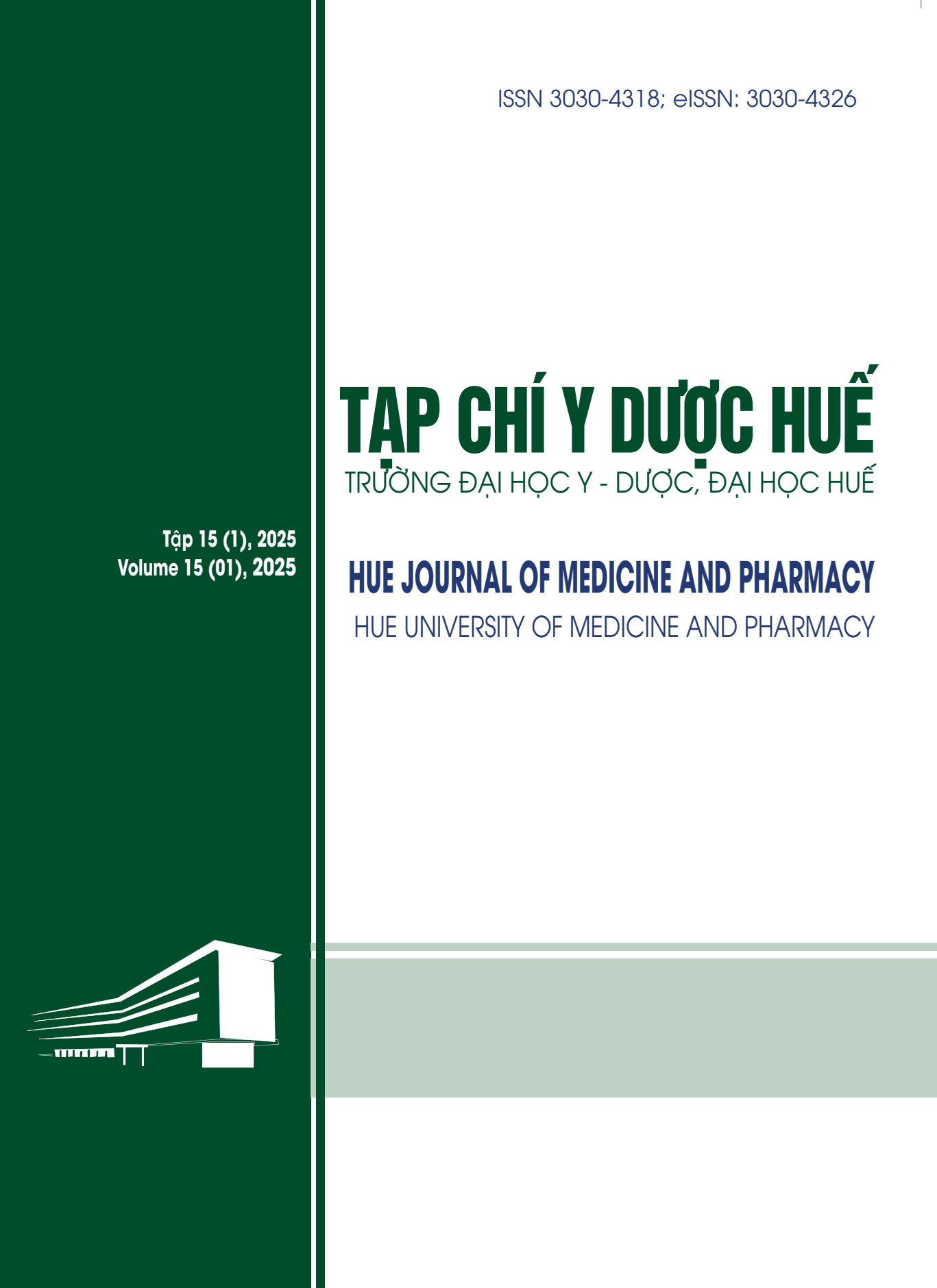Tóm tắt
Đặt vấn đề: Phương pháp Kirby-Bauer là kỹ thuật phổ biến để đánh giá độ nhạy kháng sinh của vi khuẩn dựa trên đường kính vùng ức chế. Tuy nhiên, việc đo thủ công tiêu tốn nhiều thời gian. Ứng dụng trí tuệ nhân tạo (AI) cho phép tự động hoá quy trình phân tích hình ảnh, giảm thiểu yếu tố chủ quan và nâng cao hiệu suất.
Đối tượng và phương pháp nghiên cứu: Nghiên cứu được thực hiện trên 608 ảnh kháng sinh đồ của năm loài vi khuẩn thường gặp: Escherichia coli, Staphylococcus aureus, Pseudomonas aeruginosa, Klebsiella pneumoniae và Acinetobacter baumannii. Mỗi đĩa có 4-6 kháng sinh, ảnh chụp bằng điện thoại thông minh trong điều kiện ánh sáng tiêu chuẩn trong hộp chụp ảnh DDr box. Dữ liệu thu được được phân tích bởi mô hình AI nhận diện nhãn kháng sinh và đo đường kính vùng ức chế, so sánh với kết quả đo thủ công bằng thước kỹ thuật.
Kết quả: AI đạt độ chính xác nhận diện nhãn kháng sinh lần đầu ~97%, tăng lên ~99,6% sau khi tinh chỉnh (fine-tuning). Độ chính xác trong đo đường kính vùng ức chế nhìn chung khá cao, nhưng vẫn ghi nhận sai lệch ở một số trường hợp chồng lấn vòng vô khuẩn hoặc biên giới không rõ. Thời gian xử lý trung bình của AI thấp hơn đáng kể so với đo thủ công. Cơ chế kết hợp “Human-In-The-Loop” (HITL) giúp phát hiện sớm và giảm thiểu sai số.
Kết luận: Việc ứng dụng AI trong phân tích kháng sinh đồ Kirby-Bauer cho thấy tiềm năng nâng cao hiệu quả chẩn đoán, tiết kiệm thời gian và giảm sai sót so với phương pháp thủ công. Kết hợp HITL và tinh chỉnh mô hình là giải pháp quan trọng nhằm duy trì tính chính xác, đồng thời mở rộng khả năng triển khai trong các đơn vị xét nghiệm.
| Đã xuất bản | 25-04-2025 | |
| Toàn văn |
|
|
| Ngôn ngữ |
|
|
| Số tạp chí | Tập 15 Số 1 (2025) | |
| Phân mục | Nghiên cứu | |
| DOI | 10.34071/jmp.2025.1.24 | |
| Từ khóa | trí tuệ nhân tạo, Human in the loop, tinh chỉnh, Kirby-Bauer Artificial intelligent, Human-in-the-loop, fine-tune, Kirby-Bauer |

công trình này được cấp phép theo Creative Commons Attribution-phi thương mại-NoDerivatives 4.0 License International .
Bản quyền (c) 2025 Tạp chí Y Dược Huế
Bauer AW, Kirby WM, Sherris JC, Turck M. Antibiotic susceptibility testing by a standardized single disk method. Am J Clin Pathol 1966;45:493–6.
Höring S, Massarani AS, Löffler B, Rödel J. Rapid antibiotic susceptibility testing in blood culture diagnostics performed by direct inoculation using the VITEK®-2 and BD PhoenixTM platforms. European Journal of Clinical Microbiology & Infectious Diseases 2019;38:471–8. https://doi.org/10.1007/s10096-018-03445-3.
Khan ZA, Siddiqui MF, Park S. Current and Emerging Methods of Antibiotic Susceptibility Testing. Diagnostics 2019;9:49. https://doi.org/10.3390/diagnostics9020049.
Balouiri M, Sadiki M, Ibnsouda SK. Methods for in vitro evaluating antimicrobial activity: A review. J Pharm Anal 2016;6:71–9. https://doi.org/10.1016/j. jpha.2015.11.005.
Alonso CA, Domínguez C, Heras J, Mata E, Pascual V, Torres C, et al. Antibiogramj: A tool for analysing images from disk diffusion tests. Comput Methods Programs Biomed 2017;143:159–69. https://doi.org/10.1016/j. cmpb.2017.03.010.
Pascucci M, Royer G, Adamek J, Asmar M Al, Aristizabal D, Blanche L, et al. AI-based mobile application to fight antibiotic resistance. Nat Commun 2021;12:1173. https://doi.org/10.1038/s41467-021-21187-3.
Topol EJ. High-performance medicine: the convergence of human and artificial intelligence. Nat Med 2019;25:44–56. https://doi.org/10.1038/s41591-018- 0300-7.
Litjens G, Kooi T, Bejnordi BE, Setio AAA, Ciompi F, Ghafoorian M, et al. A survey on deep learning in medical image analysis. Med Image Anal 2017;42:60–88. https:// doi.org/10.1016/j.media.2017.07.005.
Mosqueira-Rey E, Hernández-Pereira E, Alonso-Ríos D, Bobes-Bascarán J, Fernández-Leal Á. Human-in-the-loop machine learning: a state of the art. Artif Intell Rev 2023;56:3005–54. https://doi.org/10.1007/s10462-022- 10246-w.
Holzinger A. Interactive machine learning for health informatics: when do we need the human-in-the-loop? Brain Inform 2016;3:119–31. https://doi.org/10.1007/ s40708-016-0042-6.
Sezgin E. Artificial intelligence in healthcare: Complementing, not replacing, doctors and healthcare providers. Digit Health 2023;9. https://doi. org/10.1177/20552076231186520.
Sahiner B, Chen W, Samala RK, Petrick N. Data drift in medical machine learning: implications and potential remedies. Br J Radiol 2023;96. https://doi.org/10.1259/ bjr.20220878.
Kim MJ, Kim SH, Kim SM, Nam JH, Hwang YB, Lim YJ. The Advent of Domain Adaptation into Artificial Intelligence for Gastrointestinal Endoscopy and Medical Imaging. Diagnostics 2023;13:3023. https://doi. org/10.3390/diagnostics13193023.
Feng L, Feng F, Yang Y, Tan M, Wang L. Model adaptive parameter fine-tuning Based on contribution measure for image classification. Neurocomputing 2025;632:129634. https://doi.org/10.1016/j.neucom.2025.129634.






